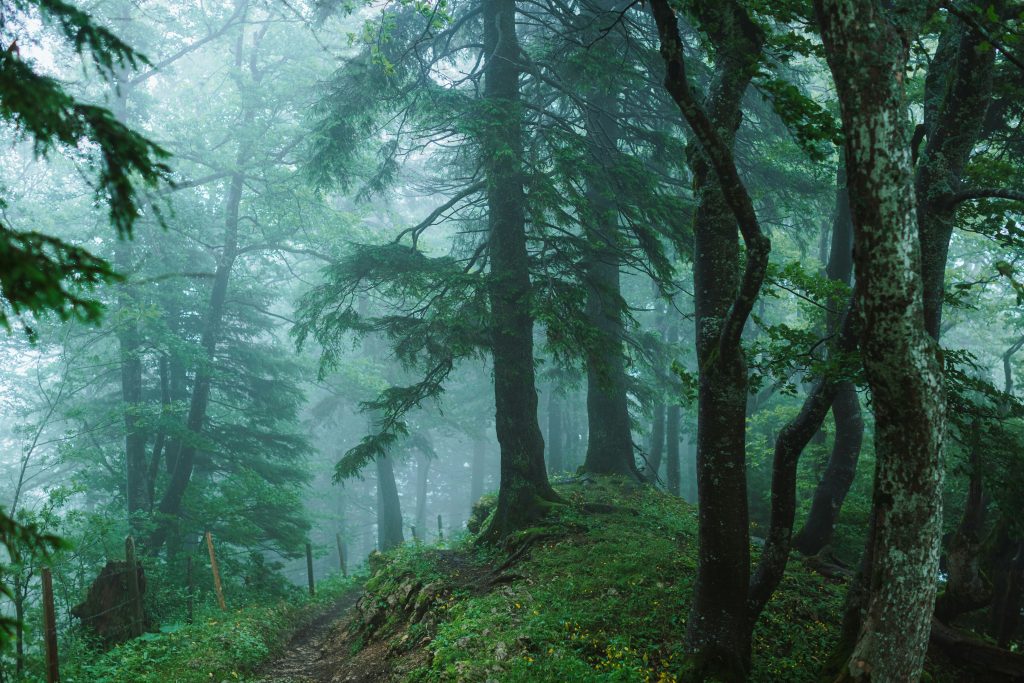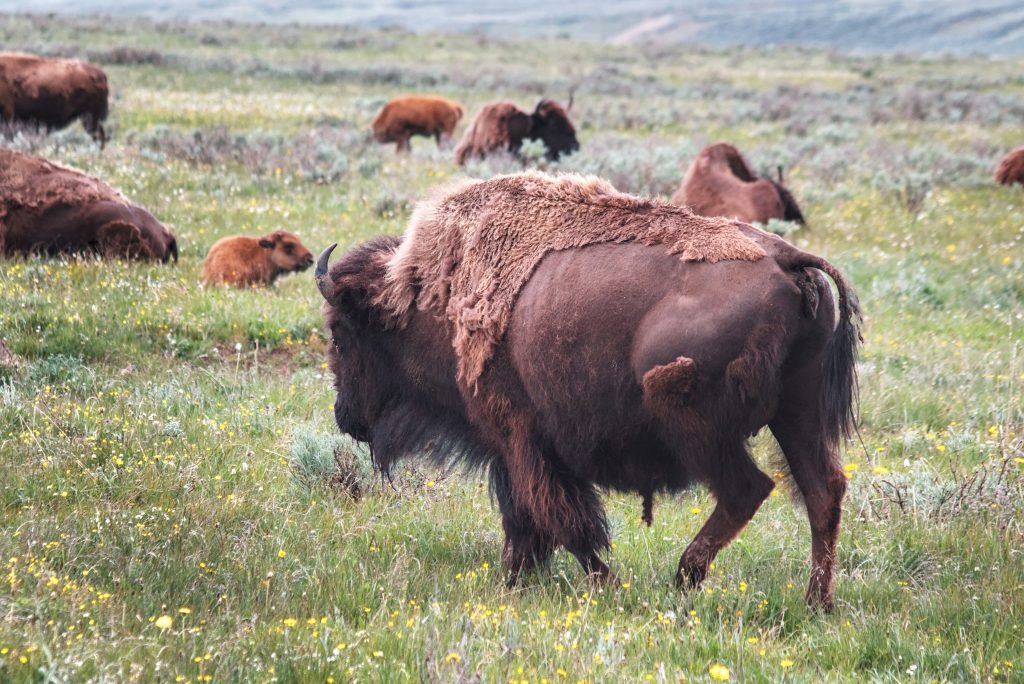The Whirling Dervish of Destruction: Navigating the New Normal of Tornado Alley
The sky churns, a canvas of bruised purple and angry grey. The air crackles with an almost palpable tension, a silent scream before the storm. It’s a scene becoming increasingly familiar across vast swathes of the American South: the prelude to a tornado. But this isn’t just another weather report; it’s a snapshot of a changing climate, a shift in the very rhythm of nature that demands a new approach to preparedness and awareness.
The old adage of ‘duck and cover’ feels woefully inadequate in the face of increasingly unpredictable and intense weather patterns. We’re no longer dealing with the predictable seasonal occurrences; instead, we’re witnessing a blurring of lines, with tornado activity springing up in unexpected months and regions, catching communities off guard.
Consider the recent alerts that spanned multiple states, from Georgia to Alabama, Tennessee to Florida. They weren’t isolated incidents; they were threads in a larger tapestry of extreme weather events, a reminder that the forces of nature are growing ever more volatile. The very language used by meteorologists – ‘severe thunderstorms capable of producing both tornadoes and extensive straight-line wind damage’ – paints a picture of dual threats, a double whammy of destruction that demands vigilance and proactive measures.
## Beyond the Basement: A Holistic Approach to Tornado Safety
Traditional tornado safety measures, while still vital, are no longer enough. Hiding in a basement or interior room remains crucial, but a comprehensive approach requires a deeper understanding of the risks and a commitment to community resilience.
Think of it like preparing for a chess match against an unpredictable opponent. You need to anticipate their moves, analyze the board, and have contingency plans ready. In the case of tornadoes, this means:
* **Enhanced Early Warning Systems:** Imagine a network of weather sensors acting like a sensitive nervous system, detecting the slightest atmospheric tremor and relaying information in real-time. This requires investment in advanced radar technology and AI-powered prediction models that can provide earlier and more accurate warnings.
* **Community-Based Education Programs:** Knowledge is the most powerful weapon against fear and panic. Empowering communities with the skills to identify warning signs, understand evacuation routes, and administer first aid is paramount. Think of town hall meetings transformed into interactive workshops, complete with simulations and expert guidance.
* **Infrastructure Resilience:** Building codes need to adapt to the new reality of extreme weather. This means constructing homes and businesses that can withstand higher wind speeds and reinforcing critical infrastructure like power grids and communication networks. Visualize homes designed with reinforced storm shelters, acting as safe havens within the community.
* **Personal Emergency Plans:** Every household should have a detailed emergency plan, including a designated meeting point, a supply kit stocked with essentials, and a communication strategy for staying connected with loved ones. Consider it a family roadmap for navigating the storm, ensuring everyone knows their role and responsibilities.
##### The Psychological Impact of Uncertainty
Beyond the immediate physical dangers, the constant threat of tornadoes takes a toll on mental health. The anxiety and fear associated with unpredictable weather can lead to chronic stress and even post-traumatic stress disorder. Addressing the psychological impact of these events is crucial for building community resilience. Providing mental health resources and support networks can help people cope with the emotional burden of living in tornado-prone areas.
The increased frequency and intensity of tornadoes are a stark reminder of the changing climate. The economic costs are substantial, with billions of dollars in damages and untold human suffering. But the true cost extends beyond monetary figures. It includes the loss of lives, the displacement of families, and the erosion of communities.
Moving forward, the response requires a multi-faceted approach, one that integrates scientific advancements, community engagement, and individual preparedness. It’s about learning to live with the whirling dervish of destruction, not with fear, but with knowledge, resilience, and a collective commitment to safety. The future demands that we become active participants in our own survival, forging a new normal where communities are not just vulnerable, but empowered to face the storm head-on.
Tags: Climate Change, emergency, Preparedness, public safety, Severe Weather, Tornado, Tornado Preparedness, Tornado Warning, Weather, 公共安全, 气候变化, 风暴
Severe Weather Threat: Tornado Watch and Warnings Issued Across the Southeast
## Southeast Under Tornado Watch: A Sunday of Severe Weather
Parts of Georgia and the Carolinas braced themselves for severe weather on Sunday, December 29th, as the National Weather Service (NWS) issued a series of tornado watches and warnings across the region. The alerts, initially issued early Sunday morning, covered a wide swathe of territory, prompting widespread concern and preparation among residents.
The NWS Greenville-Spartanburg, SC, issued an initial tornado warning shortly after 7:00 a.m., highlighting the immediate danger. This was followed by updates and extensions, with warnings impacting multiple counties in South Carolina, including Oconee and Pickens, and reaching into neighboring Georgia and North Carolina. The warnings emphasized the potential for dangerous severe thunderstorms capable of producing tornadoes.
Counties across central and southern Georgia were particularly affected. The NWS Peachtree City, GA, issued specific warnings impacting areas of South Metro Atlanta, urging residents to take immediate shelter and heed all safety advisories. Other affected Georgia counties included Burke, Columbia, McDuffie, and Richmond. Specific cities named in the warnings included Peachtree City, Senoia, and Brooks.
The tornado watches, in effect for a longer duration, covered a broader area, and remained in place well into the afternoon. This served as a general alert to the potential for severe thunderstorms, including the threat of tornadoes, giving residents more time to prepare. The NWS stressed the importance of monitoring weather updates and taking appropriate safety precautions.
While the extent of the damage is still being assessed, the widespread nature of the warnings indicated the seriousness of the situation. The combination of heavy rain and potential tornadoes presented a significant threat to life and property. Meteorological reports predicted heavier rain into the early hours of the day following a grey and drizzly Saturday.
The alerts triggered significant media coverage and widespread public awareness. Numerous news outlets closely followed the situation, providing live updates and urging viewers to stay informed and safe. The situation underscored the importance of comprehensive weather monitoring and emergency preparedness planning at both the individual and community levels. The events of this Sunday serve as a reminder of the unpredictable nature of severe weather and the need for vigilance and quick response to weather warnings.
Authorities strongly urged residents in affected areas to remain vigilant and follow the instructions provided by local emergency services. Seeking shelter in a sturdy building away from windows was a primary safety measure advised. The situation highlighted the importance of having an emergency preparedness plan in place, including provisions for shelter, communication, and essential supplies.
The immediate aftermath of the severe weather is likely to include damage assessments and the start of recovery efforts in the affected communities. The long-term impact on infrastructure and local economies remains to be seen, as officials and communities embark on the challenging process of rebuilding and recovering from this significant weather event.
This situation reinforces the necessity of advanced weather forecasting systems, improved communication channels to disseminate crucial information, and effective emergency response plans to minimize the damage and protect lives during severe weather events. It is a vital reminder of the importance of staying prepared and informed during the storm season.
Tags: emergency preparedness, Georgia, National Weather Service, North Carolina, Severe Weather, South Carolina, Southeast US, Tornado, Tornado Warning, Tornado Watch, weather alert
Northeast Ohio Faces Tornado Warnings Amid Severe Storms
On the afternoon of August 6, residents of Northeast Ohio were alerted to a series of tornado warnings as severe storms swept through the region. The National Weather Service issued immediate warnings for parts of Cuyahoga and Lorain counties, effective until 4:30 PM EDT. These warnings were quickly followed by alerts for Mahoning County, extending the threat until 6:00 PM EDT. As high winds and heavy rainfall battered the Greater Cleveland area, officials urged residents to remain vigilant and informed.
The storms brought with them significant damage and widespread power outages, prompting local authorities to advise residents to monitor the situation closely. Severe Thunderstorm Warnings accompanied the tornado alerts, creating a sense of urgency for those in affected areas. Emergency management agencies emphasized the importance of staying tuned to local news broadcasts and NOAA Weather Radio for real-time updates on the evolving weather conditions.
As the storm intensified, communities faced challenges including fallen trees and damaged infrastructure, leading to difficulties in transportation and safety hazards. The northern border of Portage County was also placed under a tornado warning, with warnings extending into northern Summit County, highlighting the widespread impact of the severe weather.
In light of these developments, officials encouraged residents to prepare for potential evacuations and to have emergency kits ready. The unpredictable nature of tornadoes necessitates proactive measures, and individuals were advised to secure their homes and seek shelter in safe areas away from windows.
As the storm system moved through the region, local meteorologists worked around the clock to provide timely updates and forecasts. The community’s response to the warnings showcased resilience, as residents banded together to support one another through the harrowing weather conditions. By evening, the warnings began to lift, but the aftermath of the storms left many reflecting on the power of nature and the importance of preparedness.
The recent tornado warnings serve as a stark reminder of the volatile weather patterns that can affect the region, particularly during peak storm seasons. Experts advocate for ongoing education regarding severe weather safety and the importance of staying informed through reliable sources. As Northeast Ohio continues to recover from the impacts of the recent storms, the focus remains on rebuilding and reinforcing community preparedness for future weather events.
Tags: emergency preparedness, Ohio weather, severe storms, Tornado, Tornado Warning
Buffalo Tornado Strikes: A Community in Shock and Recovery
On August 5, 2024, an unexpected EF-1 tornado swept through Buffalo, New York, leaving the community in disbelief as it wreaked havoc across the city’s west side. The tornado touched down during the early afternoon, catching many residents off guard. Buildings were damaged, cars were flipped, and debris was sent swirling through the streets, creating a chaotic scene that would resonate with locals for days to come.
Residents living near Carolina Street and Prospect Avenue reported hearing a loud roar, similar to that of a freight train, as the tornado descended upon their neighborhood. The aftermath revealed a landscape of destruction, with trees uprooted and rooftops torn apart. Despite the considerable damage, officials confirmed that there were no injuries reported, a fact that the community is grateful for amid the wreckage.
City officials quickly sprang into action, assessing the damage and ensuring that all streets were cleared and reopened to traffic. Emergency services were deployed to assist residents in need, and crews worked diligently to remove debris and restore normalcy. Drone footage captured the extent of the destruction, showcasing the tornado’s path and the resilience of the Buffalo community in the face of natural disasters.
Buffalo, known for its extreme weather patterns, particularly its heavy snowfall in winter, has now faced the wrath of a tornado, a rarity for the region. This event has sparked conversations about the classification of tornadoes and the safety measures that communities can implement to prepare for such unexpected occurrences.
Experts emphasize the importance of understanding tornado classifications, which range from EF-0 to EF-5, based on the damage they inflict. While Buffalo is no stranger to severe weather, the sudden appearance of a tornado has ignited discussions around preparedness and response strategies for residents. Many are left pondering how to better equip themselves for similar emergencies in the future.
As the dust settles and recovery efforts continue, the people of Buffalo are coming together to support one another. Community organizations are mobilizing to offer assistance to those affected, providing resources and shelter for those who lost their homes or faced significant damage. Local businesses are also stepping up, demonstrating the spirit of solidarity that Buffalo is known for, as they contribute to recovery efforts and help neighbors in need.
In the wake of the tornado, Buffalo stands resilient, determined to rebuild and recover. The community has shown remarkable strength, and as they navigate the aftermath, they are reminded of the power of nature and the importance of unity during challenging times. This tornado may have disrupted lives, but it has also reinforced the bonds among residents, igniting a collective spirit of hope and perseverance.
As Buffalo looks to the future, the lessons learned from this tornado will undoubtedly shape how the city approaches disaster preparedness. With climate change leading to more unpredictable weather patterns, it is crucial for communities to stay informed and proactive in safeguarding their residents against natural disasters. The people of Buffalo are not just surviving this storm; they are learning, adapting, and emerging stronger than before.
Tags: Buffalo, Buffalo tornado, Community, Recovery, Tornado, Weather




